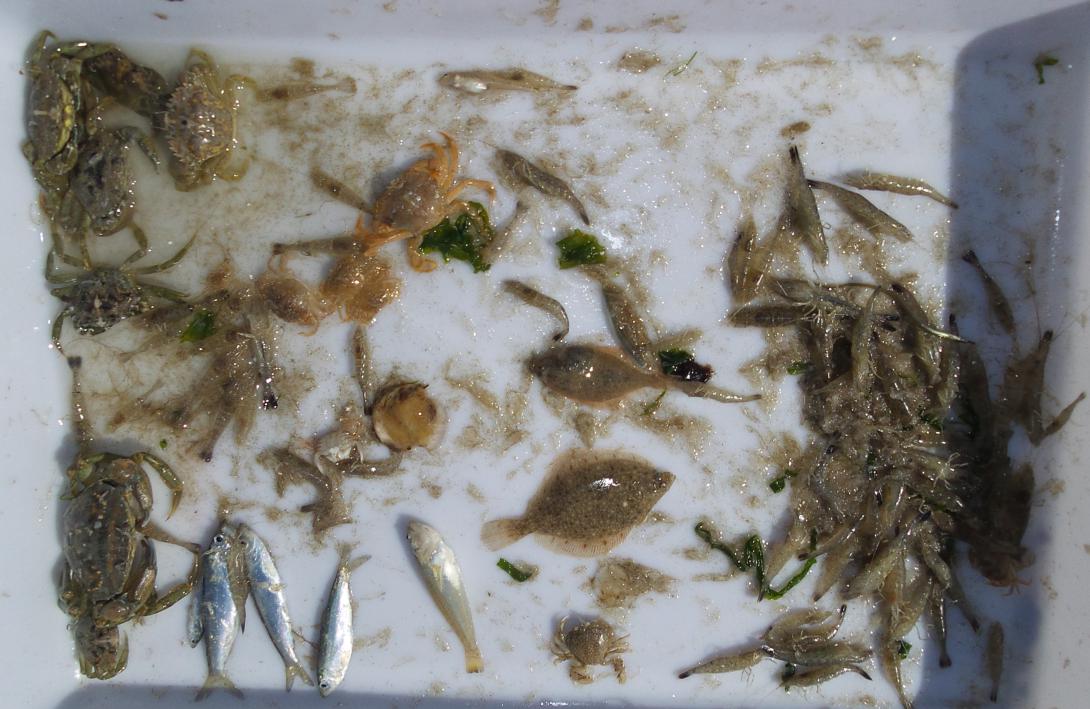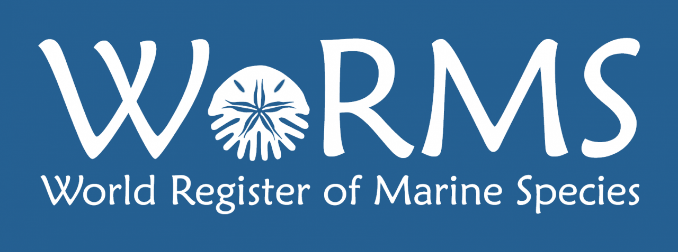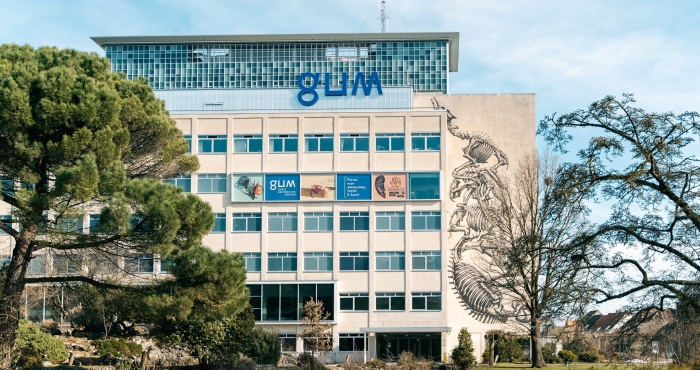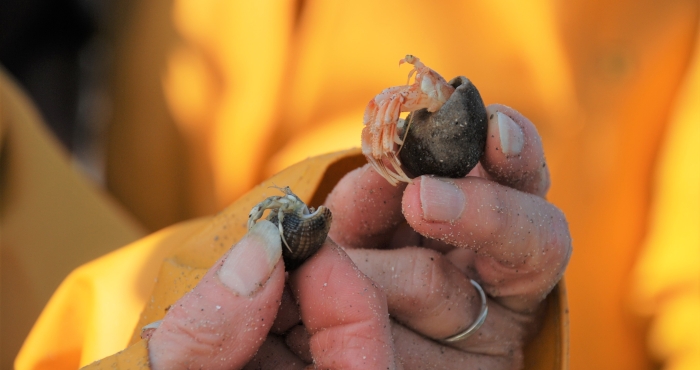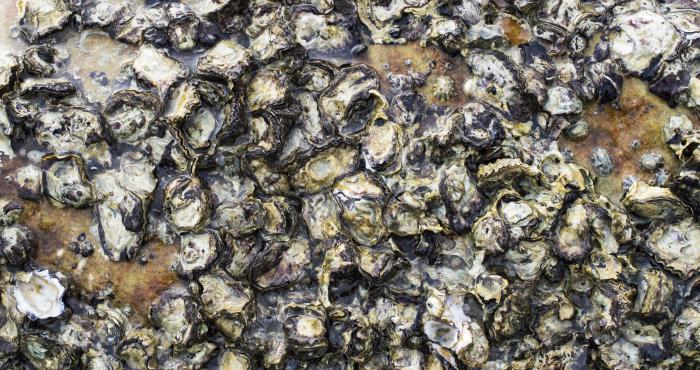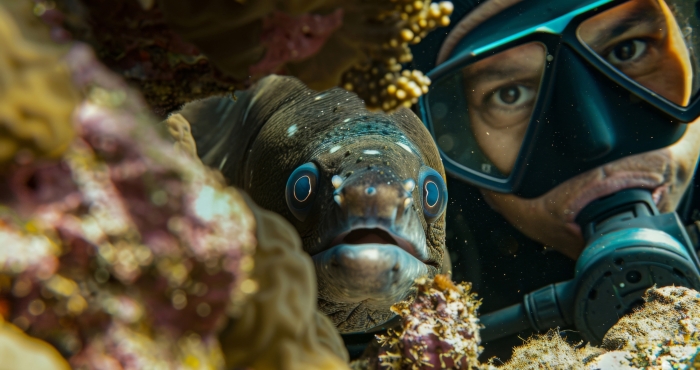
Shells & Mollusks
Bottom-dwelling animals - such as shells, crustaceans and fish – inhabit the shallow and productive parts of our North Sea. Traces of these animals can be found on the beach. LifeWatch is studying these animals and their abundance, following a standardized methodology. We train and equip citizens to make it happen (‘Citizen Science’).
Why do we study shells & mollusks
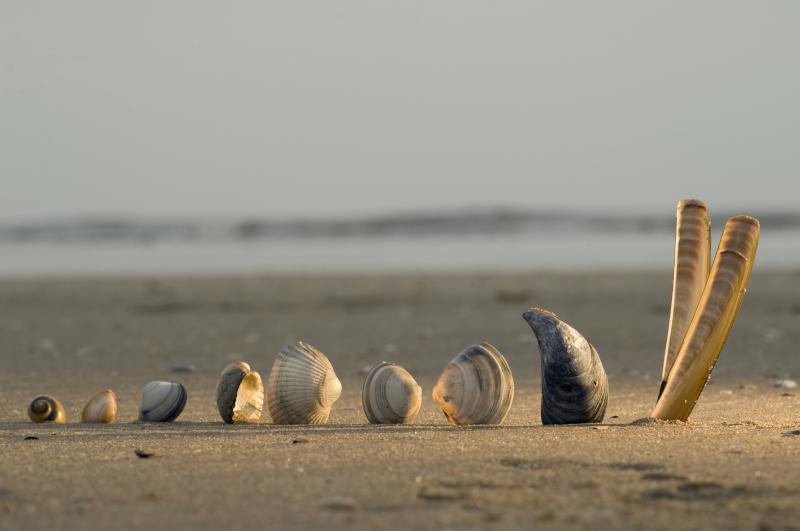
These organisms are good indicators of changes in the ecosystem. Their occurrence and abundance reflect changes in shallow marine waters caused by climate change, the appearance of non-indigenous species, pollution and changing ecological interactions.
By monitoring the presence of these animals, we get a good picture of changes in an area that is vast and inaccessible to research vessels. Moreover, with targeted engagement of citizens, this effort can be sustained for a long time, providing long-term data.
What we do in LifeWatch
LifeWatch has two marine citizen science components. In the ‘SeaWatch-B’ citizen science program, twenty citizens monitor the biodiversity (and several other parameters) on Belgian beaches and in shallow North Sea waters on a seasonal basis. During the annual ‘Big Seashell Surveys’, thousands of citizens – supported by experts – collect, count and identify empty shells that are found on the beach, in a standardized way.
In both initiatives, the citizens are trained in species identification with regard to the standard methodology. Pictures are taken of the organisms, enabling experts to double-check the observations. LifeWatch-Belgium (VLIZ) coordinates both citizen science initiatives, organize the training sessions and promote these citizen science efforts as good practices in international fora.
